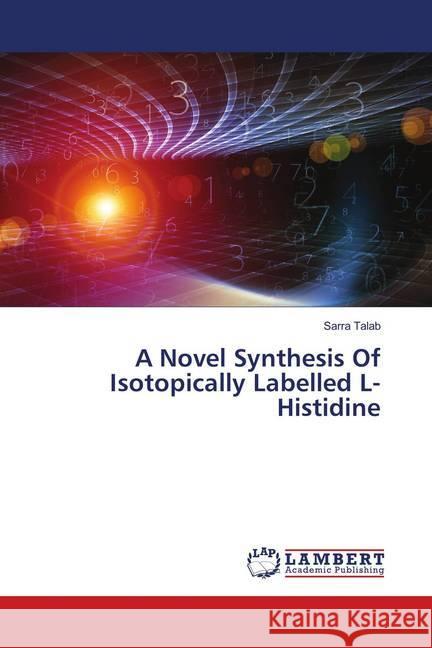A Novel Synthesis Of Isotopically Labelled L-Histidine » książka
A Novel Synthesis Of Isotopically Labelled L-Histidine
ISBN-13: 9786139984787 / Angielski / Miękka / 2018 / 120 str.
In a few simple steps starting from a commercially available reagents benzyl chloride and potassium thiocyanate, thiocyanate is obtained which is directly reacted with glycine amide to give benzyl thiourea. The used of concentrated HCl give the ring closed product of the latter. The alkylation of 3-benzyl-2- thioxoimidazolidin-4-one is made by the used of methyl iodide under basic condition. Subsequent treatment of the alkyl derivative 3-benzyl-2-(methylthio)-3,5dihydro-4-imidazole with diethyl phosphono cyanate gives the nitrile derivatives which upon treatment with sulphuric acid and functional group manipulations gave 1-benzyl-5-chloromethylimidazolium chloride. This compound is converted mildly under O'Donnell conditions into the l- Histidine derivative. After deprotection L-Histidine is obtained in good yield with 99% enantiomeric excess. This synthetic scheme allows access to any isotopomer of L-histidine and many other biologically important imidazole derivatives.











